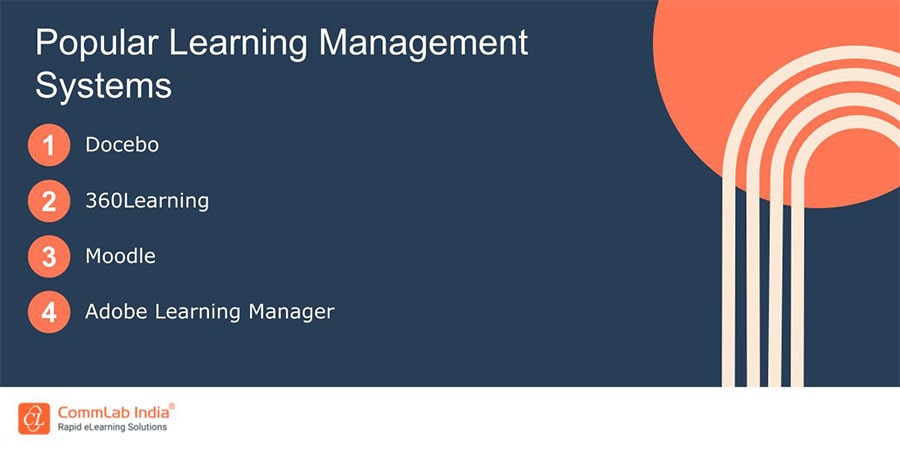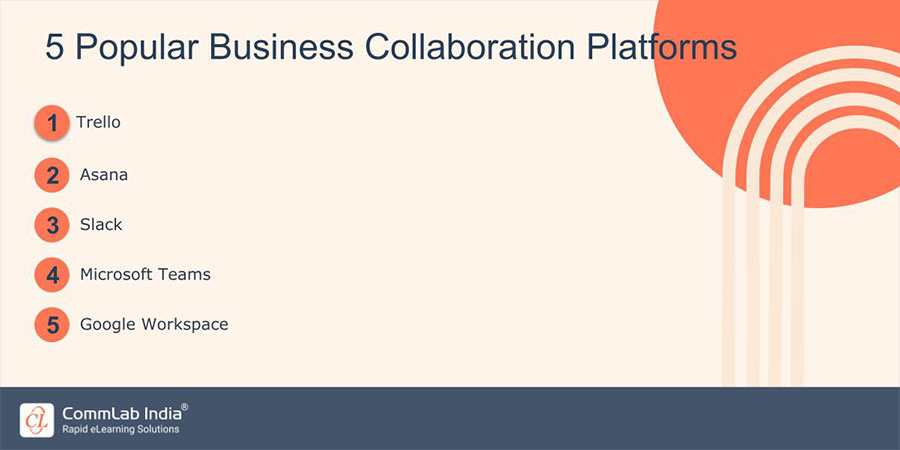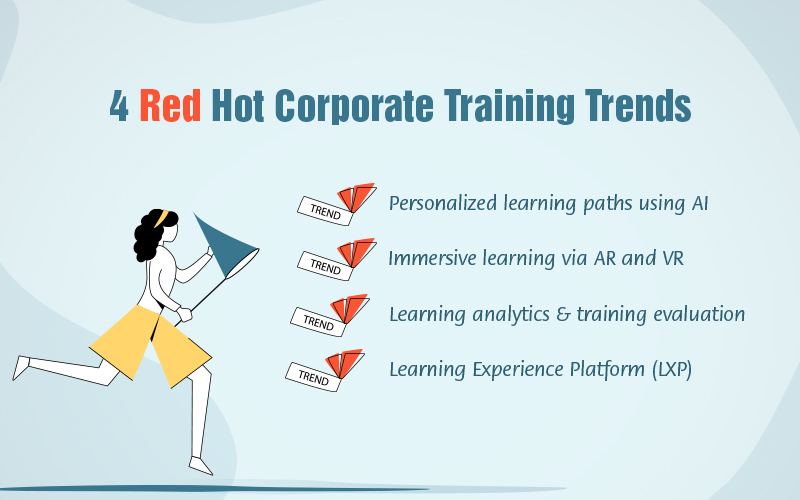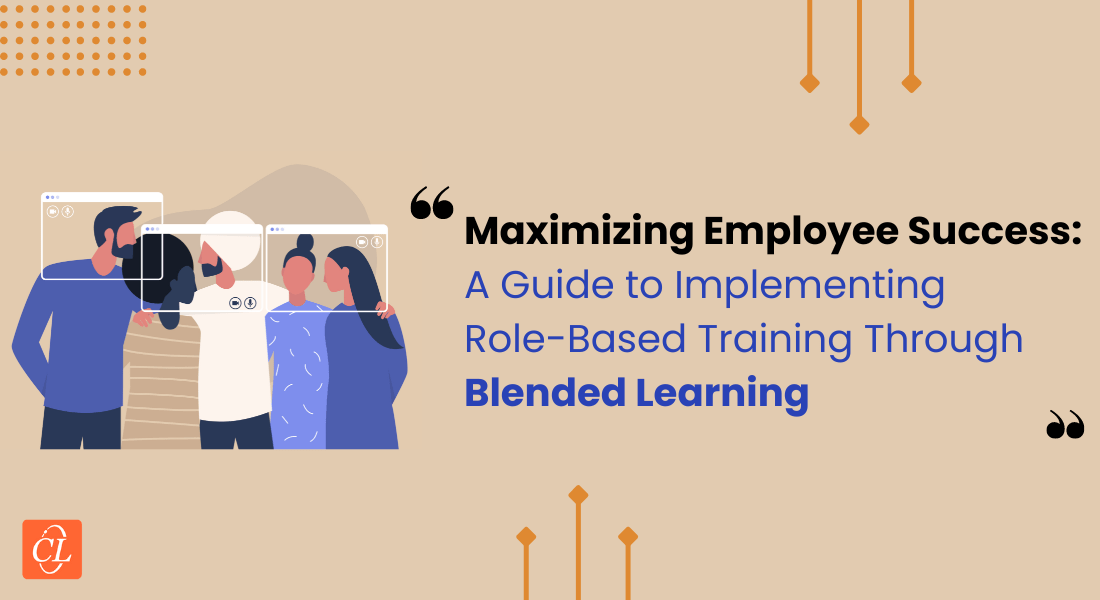6 Reasons Why You Should Say Yes to Blended Learning
Discover the transformative power of blended learning for corporate training. Say yes to flexibility, engagement, and measurable results!

Corporate training is a cornerstone for fostering employee development and ensuring the adaptability of a workforce to the ever-evolving business landscape. In recent years, a transformative approach known as blended learning has gained prominence, blending traditional classroom training with online learning components. In this blog post, we explore 6 crucial reasons why embracing blended learning for corporate training is not just a trend but a strategic move toward enhancing organizational success.
You Should Definitely Say Yes to Blended Learning!
Here are 6 reasons why:
- Flexibility and Accessibility
- Cost Effectiveness
- Personalized Learning Experience
- Improved Engagement
- Seamless Integration of Technology
- Collaboration and Knowledge Sharing
6 Reasons Why You Should Say Yes to Blended Learning
1. Flexibility and Accessibility
Anytime, Anywhere Learning
Blended learning liberates employees from the constraints of traditional training schedules. With a mix of in-person and online modules, employees can access learning materials at their convenience, fostering a culture of continuous learning. This flexibility is particularly valuable for organizations with geographically dispersed teams.
Catering to Diverse Learning Styles
Individuals have unique learning preferences, and blended learning accommodates this diversity. It integrates various learning formats, such as video-based learning, interactive simulations, and written materials, catering to auditory, visual, and kinesthetic learners alike. This tailored approach enhances comprehension and retention among employees.
Balancing Work and Training Commitments
One of the significant challenges in corporate training is the strain it puts on daily work responsibilities. Blended learning allows employees to strike a balance between their work commitments and training sessions. This results in improved job performance as employees can apply newly acquired knowledge directly to their tasks.
→ Download Case Study: Blended Learning for Sales and Service Training
2. Cost-Effectiveness
Reduced Travel and Accommodation Costs
Traditional training often involves expenses related to travel, accommodation, and venue rental. Blended learning significantly cuts down these costs, as a substantial portion of the training can be conducted online. This is especially beneficial for organizations with a global presence, minimizing the financial burden associated with bringing employees together physically.
Lower Training Material Expenses
Printing and distributing training materials can incur significant costs. Blended learning mitigates this by providing digital access to resources. This not only reduces environmental impact but also ensures that training materials can be easily updated and distributed without incurring additional expenses.
Maximizing ROI on Training Investments
Investing in employee training is an investment in the organization's future. Blended learning maximizes the return on investment(ROI) by delivering cost-effective training solutions. The combination of reduced operational costs and increased employee productivity contributes to a positive impact on the organization's bottom line.
3. Personalized Learning Experience
Individualized Pace of Learning
Each employee learns at their own pace, and blended learning recognizes this by allowing individuals to progress through the material at a speed that suits them. This fosters a sense of autonomy, boosting engagement and motivation. Employees can revisit challenging concepts or accelerate through familiar topics, ensuring a comprehensive understanding of the content.
Adaptive Learning Paths
Blended learning often incorporates adaptive learning technologies that adjust the difficulty of content based on an individual's performance. This personalized approach ensures that employees receive the right level of challenge, promoting a more efficient learning experience. Adaptive learning paths contribute to higher levels of engagement and knowledge retention.
Customized Content for Specific Job Roles
Generic training programs may not address the specific needs of different job roles within an organization. Blended learning allows for the customization of content, ensuring that employees receive training that is directly applicable to their roles. This targeted approach enhances the relevance of the training and its practical application in the workplace.
4. Improved Engagement
Interactive Learning Activities
Blended learning incorporates a variety of interactive activities, transforming passive learners into active participants. From virtual labs and group discussions to quizzes and case studies, these activities make the learning process engaging and dynamic. Increased engagement results in a deeper understanding of the material and a more positive learning experience.
Gamification Elements
Gamification adds an element of fun and competition to the learning process. Incorporating game-like features such as points, badges, and leaderboards motivates employees to actively participate and complete training modules. This not only enhances engagement but also fosters a sense of achievement and accomplishment.
Social Learning Opportunities
Humans are inherently social beings and blended learning taps into this aspect by providing opportunities for social interaction. Online discussion forums, collaborative projects, and peer-to-peer learning contribute to a sense of community within the organization. Employees can share insights, ask questions, and learn from each other, creating a collaborative learning environment.
5. Seamless Integration of Technology
Utilizing Learning Management Systems (LMS)
Learning Management Systems streamline the administration, tracking, and delivery of blended learning programs. These platforms provide a centralized hub for organizing and managing training materials, assessments, and progress tracking. The seamless integration of LMS enhances the efficiency and effectiveness of corporate training. Through learning management systems (LMS) and analytics, organizations can monitor the progress of individual employees and the overall effectiveness of training programs.

Incorporating Virtual Reality (VR) and Augmented Reality (AR)
Blended learning embraces emerging technologies like Virtual Reality (VR) and Augmented Reality (AR) to create immersive learning experiences. Simulations and virtual scenarios provide employees with hands-on training in a risk-free environment. This innovative approach enhances knowledge retention and application in real-world situations.
Embracing the Latest Technological Advancements
The field of technology is constantly evolving, and blended learning ensures that organizations stay ahead by incorporating the latest advancements. Whether it's AI-driven chatbots for instant support or interactive eLearning modules, embracing technology ensures that corporate training remains relevant and effective.
6. Collaboration and Knowledge Sharing
Team Building Through Group Activities
Blended learning promotes team collaboration through group activities and projects. Whether it's a virtual team-building exercise or a collaborative project within the LMS, employees can interact with their peers, share insights, and collectively problem-solve. This fosters a sense of camaraderie and teamwork.
Online Discussion Forums and Collaboration Tools
The inclusion of online discussion forums and collaboration tools facilitates communication and knowledge sharing among employees. These platforms provide a space for asking questions, sharing best practices, and collaborating on projects. The result is a more connected and informed workforce.

Creating a Culture of Continuous Learning
Blended learning contributes to the establishment of a culture of continuous learning within an organization. By providing employees with ongoing opportunities for development, organizations demonstrate a commitment to their growth. This, in turn, fosters a workforce that is adaptable, resilient, and invested in its own professional development.
Wrapping Up!
In conclusion, saying yes to blended learning for corporate training is a strategic decision that brings forth a myriad of benefits. From the flexibility and accessibility it offers to the seamless integration of technology and the ability to adapt to evolving business needs, blended learning transforms traditional training paradigms. Organizations that embrace blended learning not only invest in the professional development of their employees but also position themselves to thrive in an ever-changing business landscape. Check out this case study to know more about how we leveraged blended learning for sales and service training.





